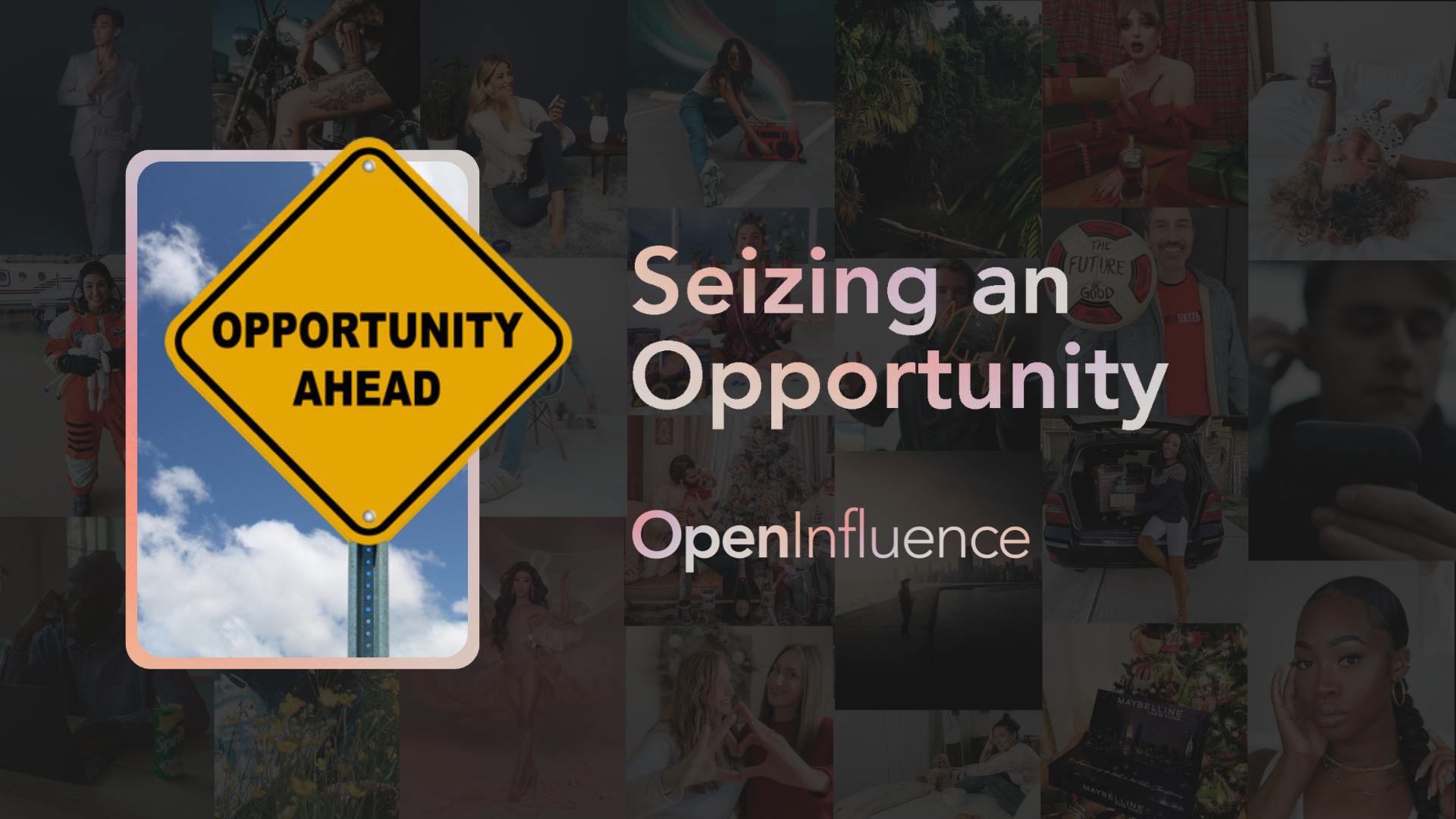When the Screen Actors Guild and the Writers Guild of America went on strike in 1960—the last time they did so simultaneously prior to this year—it resulted in residual payments for actors when their films were licensed to air on television.
And when the WGA headed for the picket lines again in 2008, it caused the reality TV genre to explode, in order to make up for the lack of new, scripted fare.
As we sit in 2023, with SAG/American Federation of Television and Radio Artists and the WGA months into another work stoppage, the creator ecosystem may be the beneficiary this time around.
To be clear, the ongoing strike is not a good thing. Careers and livelihoods are being severely impacted, and fans of movies and TV series are enduring a drought of new episodes and installments.
However, the creator marketing ecosystem can glean something positive from an overwhelmingly negative situation, potentially raising the profile of individual creators and the sector as a whole.
More marketers are realizing that while brand sponsorships on social media platforms are valuable, they are not the be all, end all. New data from Insider Intelligence helps shed light on that path.
Spending Climbs
While creator marketing spending in the U.S. still pales in comparison to social ad spending, the former is growing at a far more rapid pace—roughly 3.5 times higher this year.
Insider Intelligence projects spending on creator marketing to climb by 14% in 2023, compared with a 4.1% increase in spending on social ads. The research firm sees that trend continuing over the next two years.

Creator marketing spend growth also outpaced social ad spend growth on the major platforms, although the difference was less pronounced on TikTok (27.8% versus 23.1%) and YouTube (9% compared with 7.3%).
Conversely, the split between the two figures was prominent on Facebook (11.6% vs. 0.1%), Instagram (12.7% compared with 6%), and Snapchat (3.5% versus a drop of 1.8%).
A multiplatform strategy is still the way to go, as Insider Intelligence found that at least one-half of Generation Z respondents to its recent survey had viewed content from creators on each of the “big three” platforms—TikTok, Instagram, and YouTube—during the past month.
Brands and creators alike can repurpose campaign content for multiple platforms, reaching a wider audience, so long as they ensure that the content adheres to the guidelines and best practices for each platform they tap.
Responding to the Strike
The SAG-AFTRA and WGA strike has been a mixed bag for creators. While those with aspirations to join SAG-AFTRA have been told flat-out that it won’t be an option if they promote struck work, creators have also seen new opportunities and greater recognition as we head toward 2025, when social media users are projected to surpass television viewers.
According to Insider Intelligence, many creators are recognizing this shift and pivoting, using social media platforms as a starting point, rather than a final destination, and diversifying their revenue streams by adding areas such as money from creator funds, paid subscriptions to their content, and merchandise sales.
In turn, marketers recognize those moves by creators and realize that their potential goes far beyond a handful of sponsored posts.
A Move Toward TV-Like Content
Scripted television remains on hold as the strike continues, and many creators are helping to fill the gap with TV-like content through creator-owned media, episodic series, and FAST (free ad-supported streaming TV) channels.
Insider Intelligence pointed to creators such as Remi Bader and Ted Zhar and their output of “predictable, TV-style videos on their channels,” referencing a recent CivicScience survey, which found that nearly two-thirds of U.S. adults aged 18 through 24 and about one-half of those 25 through 34 were likely to watch scripted movies or TV shows featuring their favorite creators.
The research firm also noted the audio and video networks launched by prominent creators such as podcaster Alex Cooper and YouTube giant MrBeast.
Providing further opportunities for this type of pivot, The Roku Channel and Jellysmack rolled out two FAST channels in February, featuring content from 17 creators. Insider Intelligence said nearly two-thirds of respondents to the CivicScience survey between 18 and 24 expressed interest in subscribing to a streaming service that featured creator content.
Creators must take advantage of this opportunity to emphasize that they are performers, storytellers, and thought leaders who should be seen in the same light as actors and other “mainstream” artists.
What’s Next?
Insider Intelligence cautioned that marketers, media companies and social platforms that refuse to change their mindset will suffer the consequences, providing takeaways for all three:
- Marketers: Treat creators like media companies and explore working with them on platforms aside from social media, such as events, product packaging, and traditional media.
- Media companies: “Un-learn” entertainment and use creators to attract younger viewers by teaming up with them or incorporating their content into movie and show libraries.
- Social platforms: While the research firm doesn’t foresee creators abandoning these platforms, it cautioned that predictable and consistent monetization programs are vital to retain them, particularly for short-form video formats such as Facebook and Instagram Reels, TikTok, and YouTube Shorts.
No matter how long the SAG-AFTRA and WGA strike continues, marketers would be wise to act quickly and harness the power of influence while the opportunity exists, and before their competitors beat them to the punch.
Open Influence is a creator marketing agency that always has a vast knowledge of current social media trends and how to seamlessly weave them into your brand campaigns. Reach out to Open Influence today for an influencer marketing agency’s perspective on how to discover and take advantage of the latest social media trends.
Credit for image in banner: Lurin/iStock.

